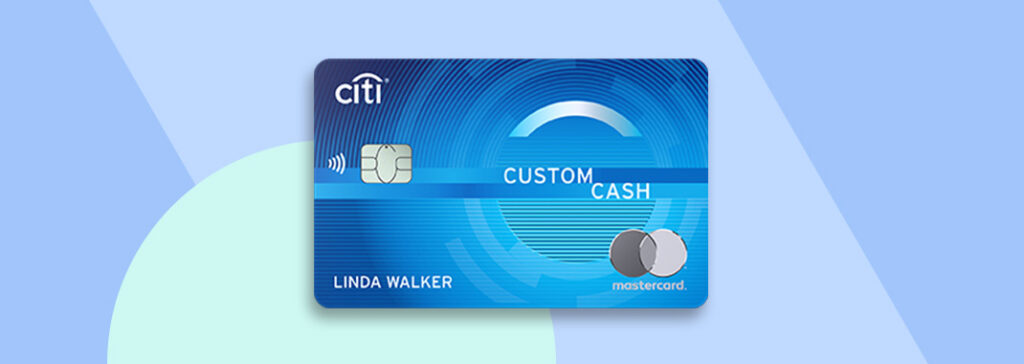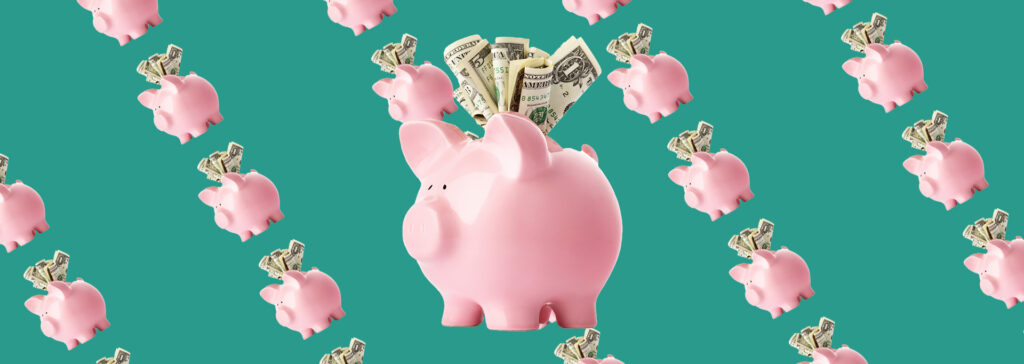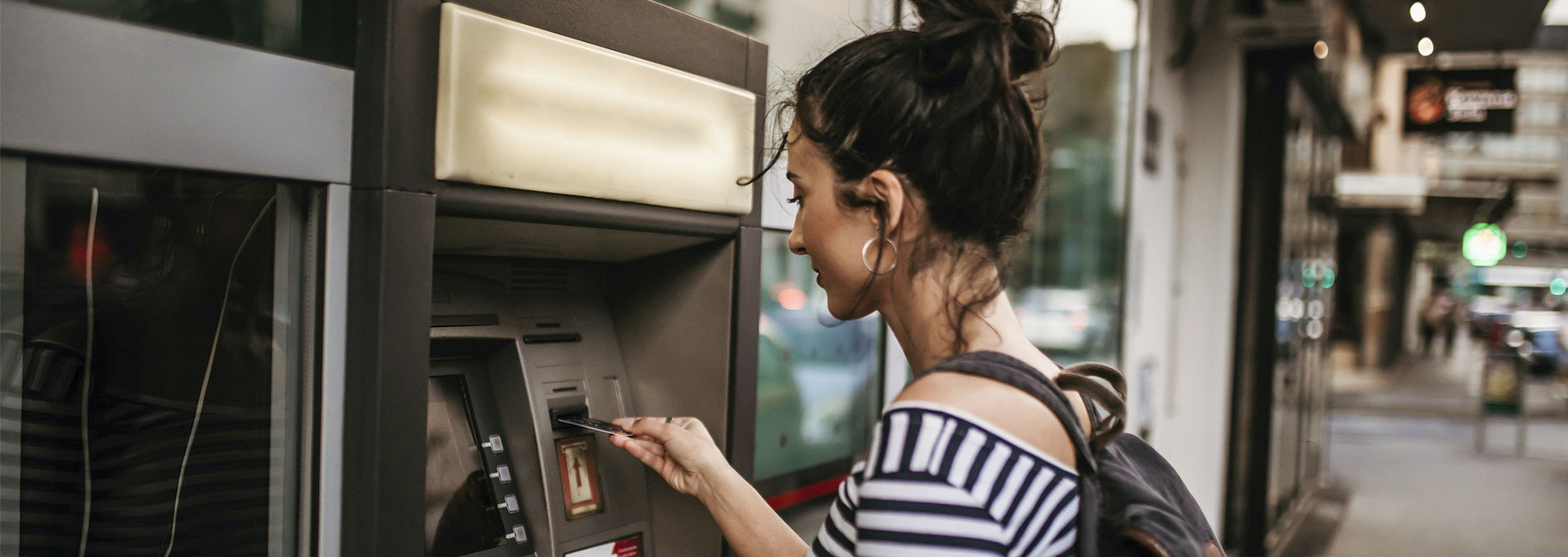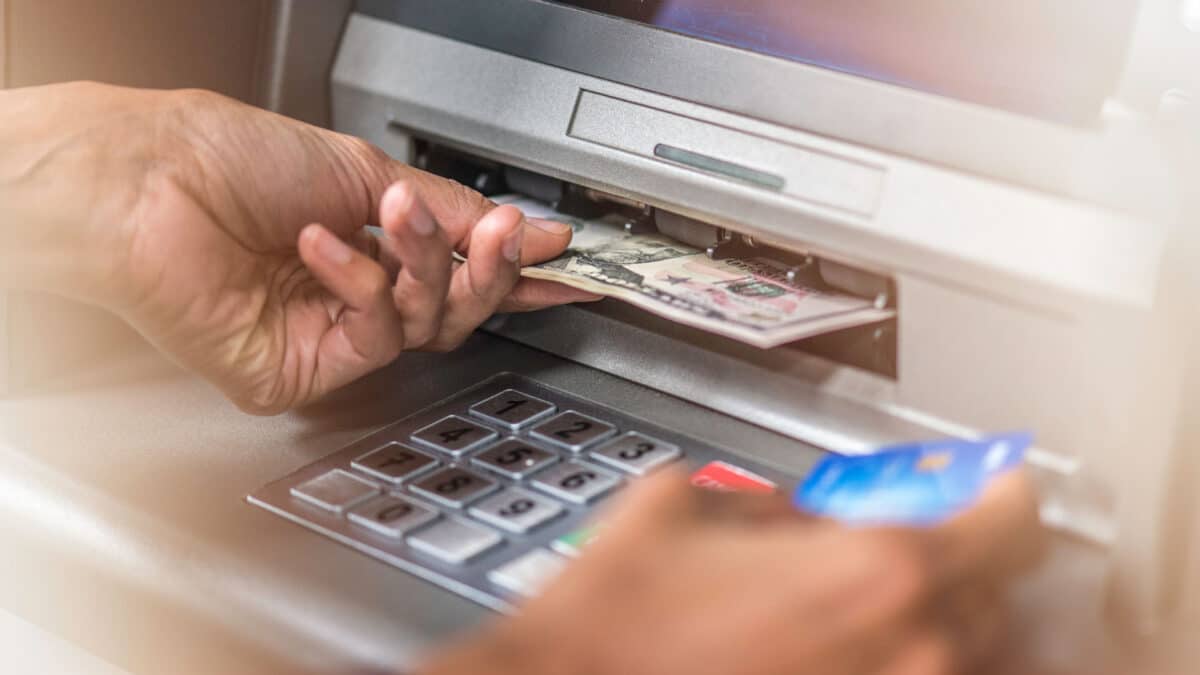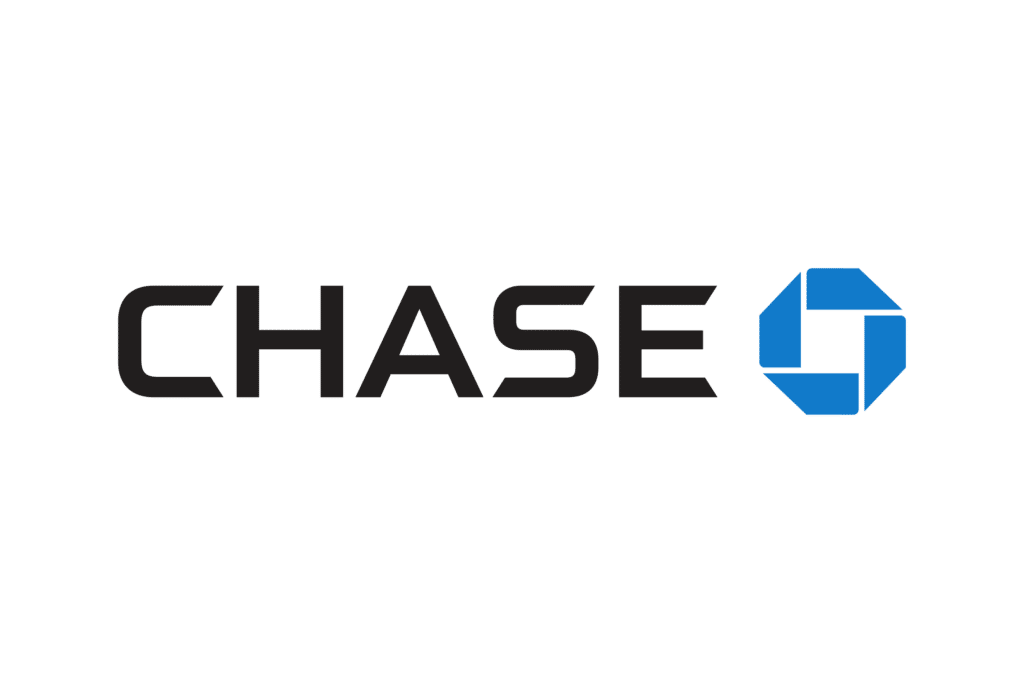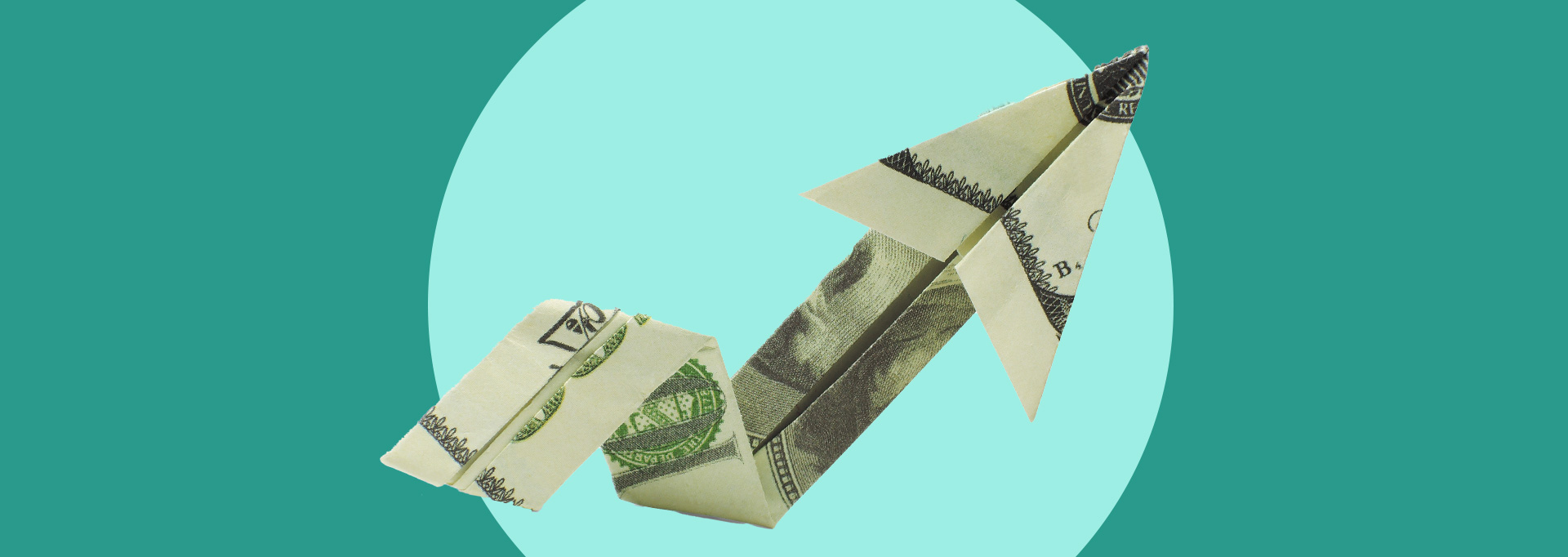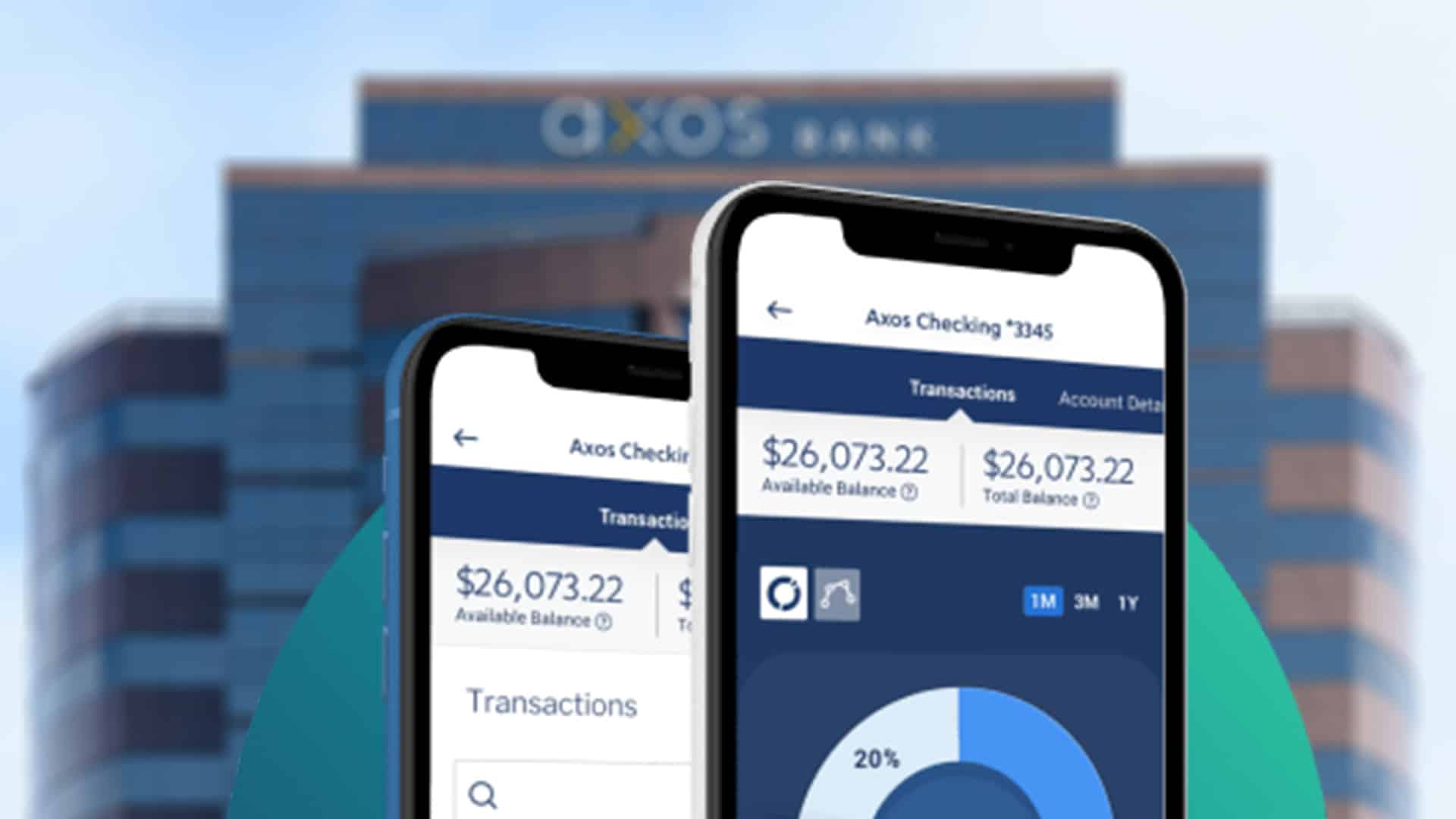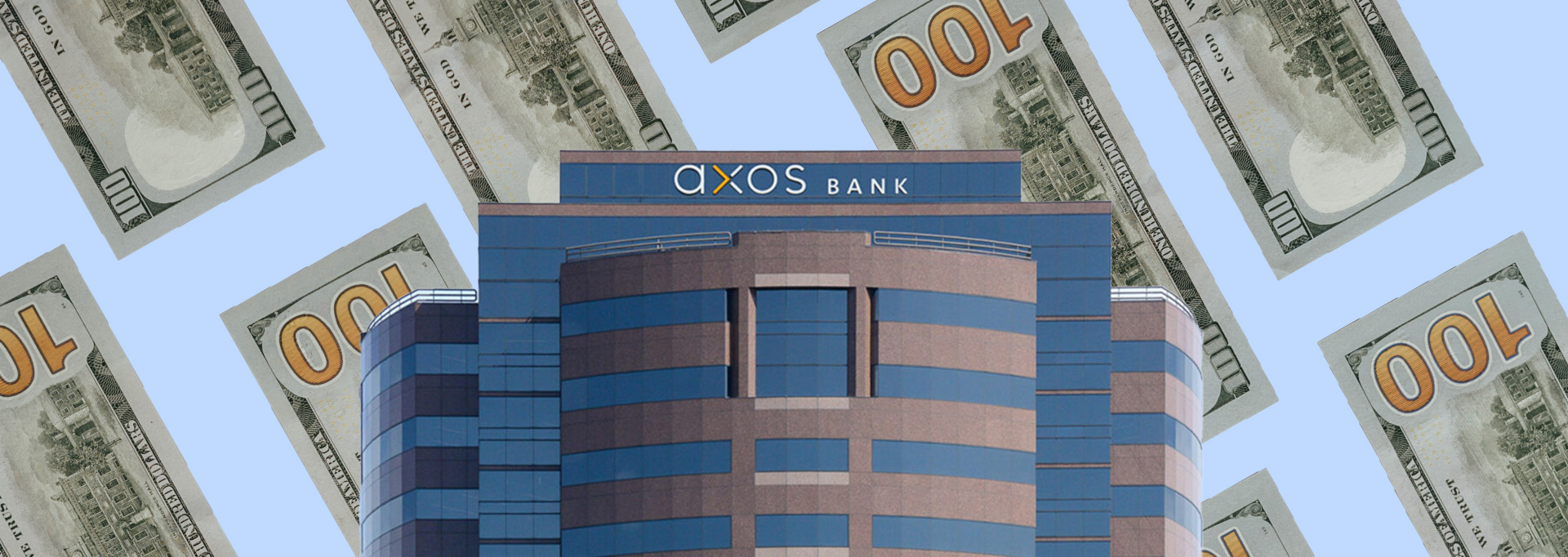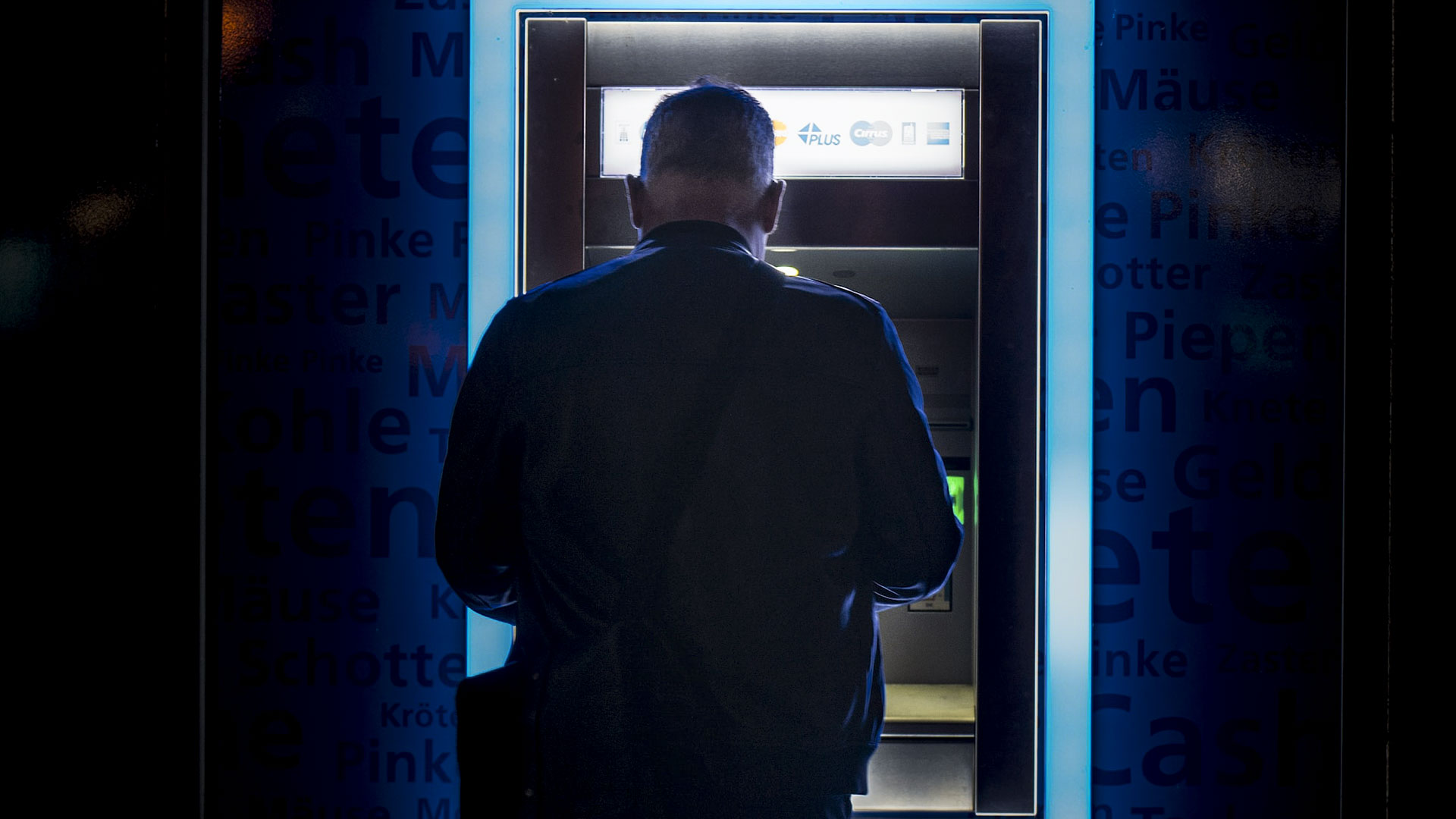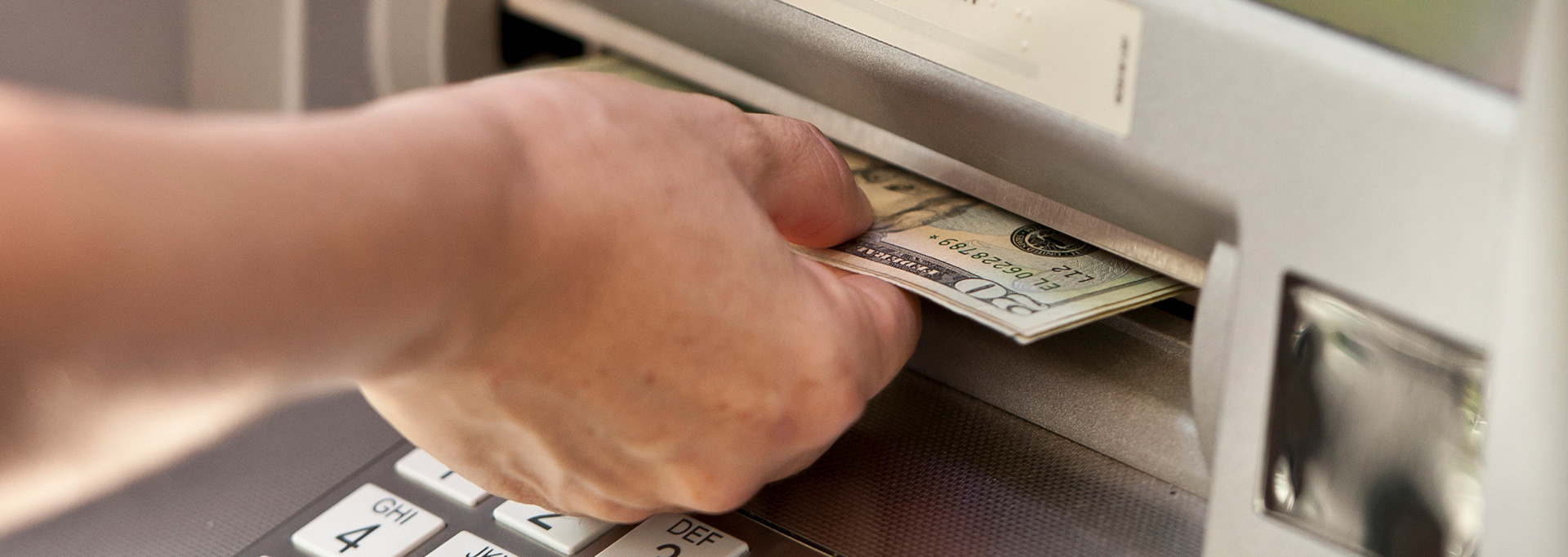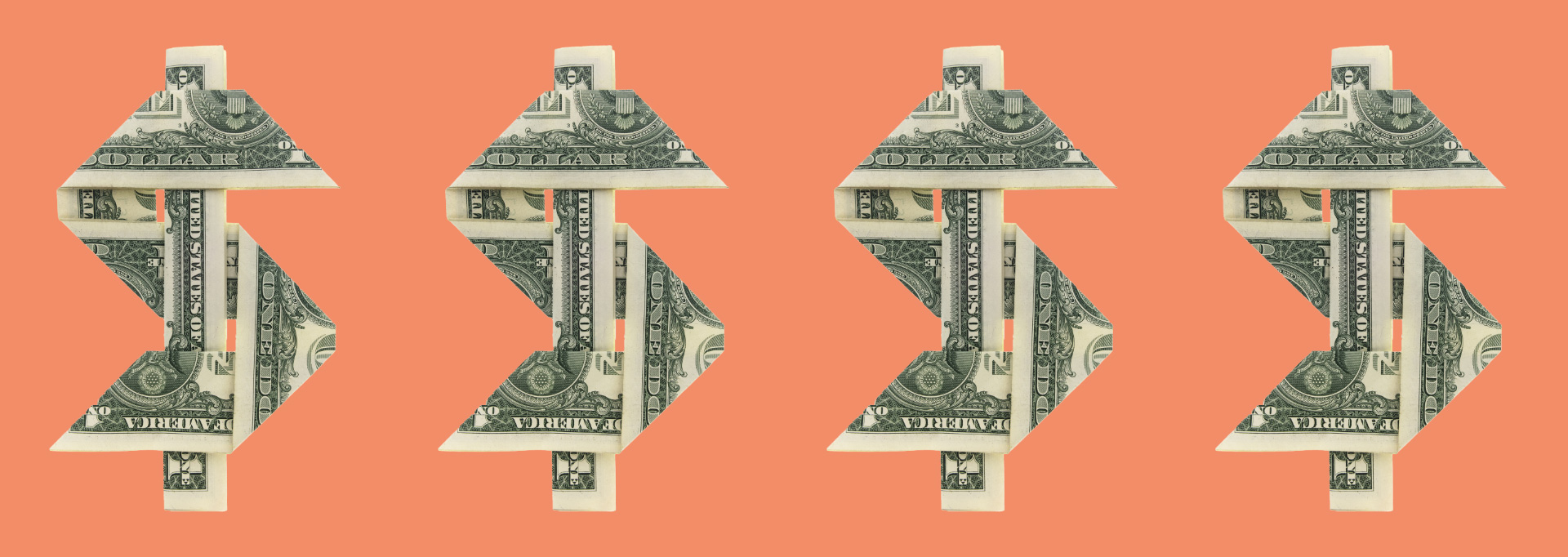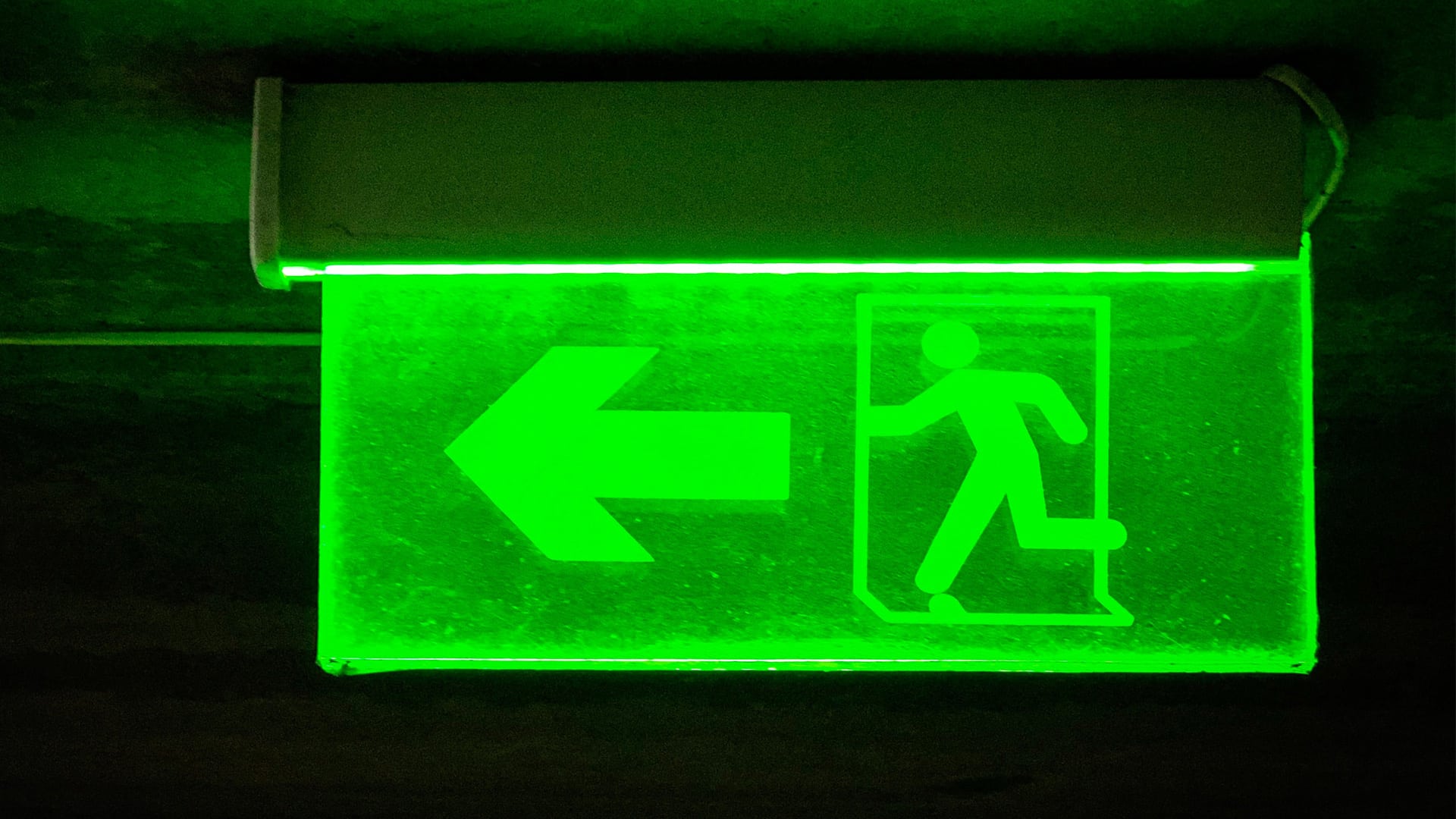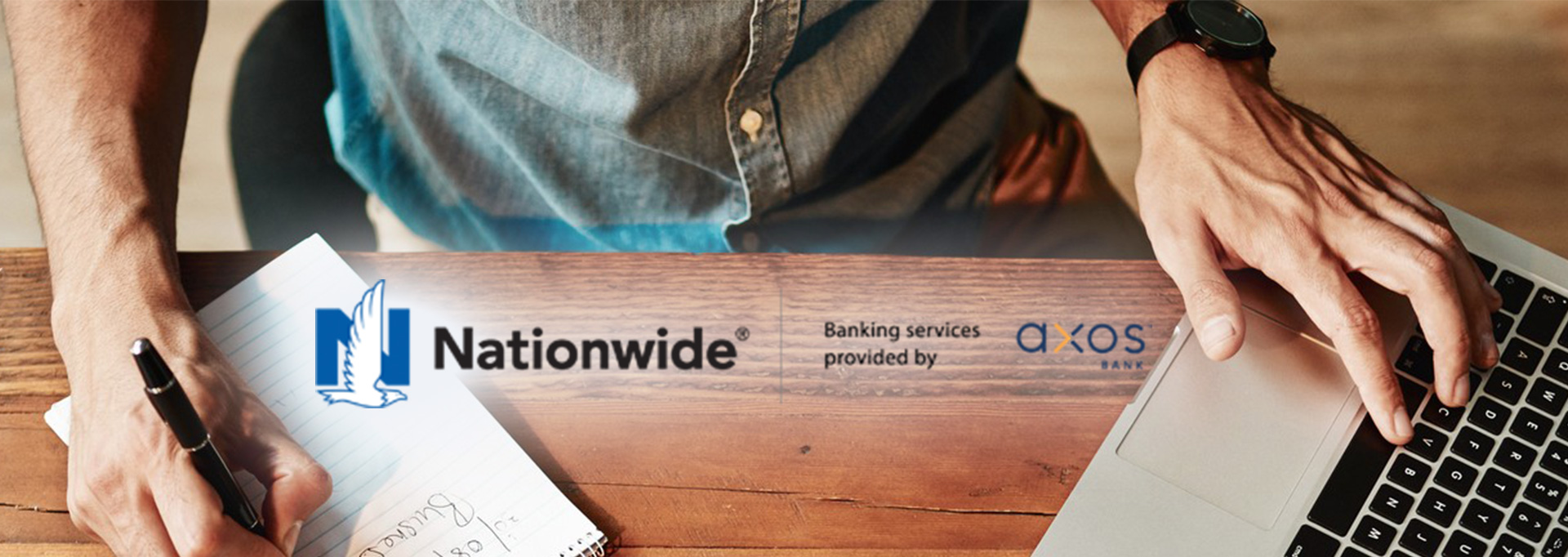Most products on this page are from partners who may compensate us. This may influence which products we write about and where and how they appear on the page. However, opinions expressed here are the author's alone, not those of any bank, credit card issuer, airline or hotel chain.
A che
The following guide will help you determine the ri
Average Checking Account Balance
The average quarterly checking account balance in the United States ranged betwee
However, when you look at average quarterly checking accou
Instead, it can be helpful to consider me
The Federal Reserve’s 2019 Survey of Consumer Finances (SCF), the mo
Recommended Checking Accounts
Axos Rewards Checking Account
- Our Rating 5/5 How our ratings work Read the review
- APYUp to 3.30%
Earn up to 3.30% APY for completing qualifying activities.
- Minimum
Deposit Required$50 -
Intro Bonus
Up to $300Expires June 30, 2024
Use promo code AXOS300 and apply by June 30th, to earn up to a $300 bonus!
Axos Bank Rewards Checking gives customers the chance to earn up to a 3.30% APY on their deposits with no monthly fees. These are all terrific features for a checking account, but Axos is digital-only, so if you deal with cash regularly it’s probably not the best fit for you.
Overview
While it takes a bit of work to unlock the maximum interest rate, Axos Rewards Checking customers can potentially earn an impressive 3.30% APY. This account also does not include any monthly fees.
Read the reviewPros
- Strong APY compared to similar accounts
- No monthly maintenance fee or monthly minimum balance
- No overdraft or non-sufficient fund fees
- Unlimited domestic ATM fee reimbursements
Cons
- Minimum deposit required for account opening
- Several qualifying activities required to earn maximum interest
- No physical branch locations
Chase Total Checking® Account
- Our Rating 4/5 How our ratings work Read the review
- APYN/A
- Minimum
Deposit RequiredN/A -
Intro Bonus
$300Expires July 24, 2024
New Chase checking customers enjoy a $300 bonus when you open a Chase Total Checking® account with qualifying activities
Chase Total Checking® is among the best entry-level accounts. It typically offers new customers a sign-up bonus, and it’s fairly simple to waive the $12 monthly fee. However, it's worth noting that it doesn’t offer many valuable features or benefits and it’s not an interest-bearing checking account.
Overview
Chase Total Checking® is a basic checking account that doesn’t offer many premium features. However, if you can easily meet the qualifications required for the new account bonus (and to waive its monthly fee), it’s a good option for those who want an entry-level account.
Read the reviewPros
- No minimum opening balance
- Multiple ways to waive monthly fee
- Access to nationwide Chase branches and ATM network
Cons
- Monthly maintenance fee
- Account does not earn interest
 Related Article
Related Article
How to Manage Multiple Bank Accounts and Credit Cards Like an Expert
Finding the Right Checking Account Balance for You
Understanding how much the avera
In general, checki
You m
It’s also important to pay attention to any checking account minimums that your bank may impose. For example, your bank or credit union might require you to maint
What to Do With the Rest of Your Cash
Once you figure out the right amount of money to keep in you
It’s also important to c
Once you have your debts under control and a handle on your emergency fund, it’s wise to branch out and look at other
Recommended Savings Accounts
CIT Bank Platinum Savings Account
- Our Rating 4.5/5 How our ratings work Read the review
- APY5.05%
Earn 5.05% APY on balances over $5,000. Balances of less than $5,000 earn 0.25% APY. Annual Percentage Yield is accurate as of July 27, 2023. Interest rates for the Platinum Savings account are variable and subject to change at any time without notice.
- Minimum
Deposit Required$100 - Intro Bonus N/A
The CIT Bank Platinum Savings account offers one of the top APYs on the market right now, and CIT's flexible transfer options make it easy to access your money. So long as you're able to consistently maintain an account balance of $5,000 (the minimum amount required to earn this account's top APY) you'll likely find a lot of value in this account.
Overview
With the CIT Bank Platinum Savings Account, customers earn 5.05% APY on balances over $5,000. However, for accounts with less than $5,000, the APY falls to 0.25%. This account features a minimum opening deposit requirement of $100 and does not charge monthly maintenance fees. Accountholders also get free transfers to and from connected bank accounts, which even extends to non-CIT accounts.
Read the reviewPros
- Strong APY for balances over $5,000
- No monthly service fee
- Unlimited withdrawals (uncommon perk of savings accounts)
- Free electronic bank transfers to checking accounts (even if it isn't a CIT checking account)
Cons
- APY on lower balances is unimpressive
- No fee-free ATM network
- Minimum opening deposit required
- No physical branches
UFB Direct Secure Savings Account
- Our Rating 5/5 How our ratings work Read the review
- APY5.25%
UFB Direct breaks balances into five tiers, but, currently, there is only one interest rate.
- Minimum
Deposit RequiredN/A - Intro Bonus N/A
The UFB Direct Secure Savings Account has one of the highest interest rates we’ve seen for a high-yield savings account at up to 5.25% APY. Plus, there are no monthly fees and no minimum balance to open.
Overview
With one of the strongest high-yield savings interest rates on the market, as well as no monthly fees or minimum opening deposit, UFB Direct’s Secure Savings Account is an extremely attractive package.
Read the reviewPros
- Strong interest rate
- No maintenance fees or minimum monthly balances
- Free complimentary ATM card
- Mobile app and SMS banking
Cons
- No signup bonus
- No associated checking account
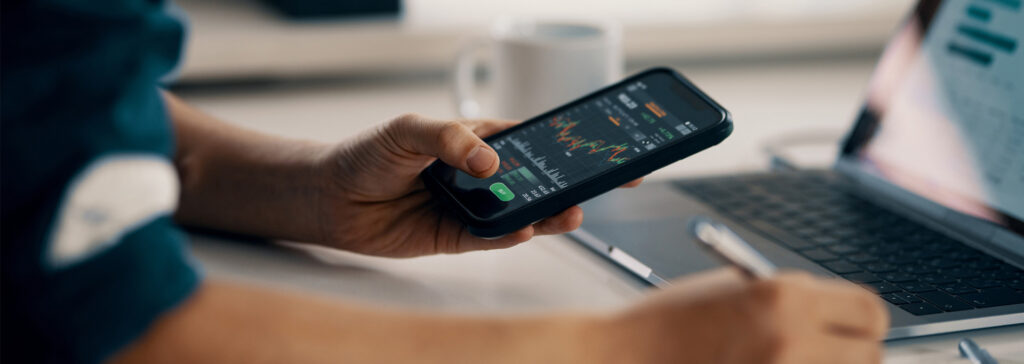 Related Article
Related Article
5 Low-Risk Ways to Earn More Money On Savings
How to Choose a Bank Account
When you’re looking for a bank or credit union to work with, it’s important to find a financial institution that’s a g
- Do you want a bank or cred
it union that charges f ew fees? - Is in-person banking
important to you? - Are you hoping to earn a
competitive APY on your deposit account balances? - Would you like to earn a bank account bonus w
hen you op en a new account?
Once you identify your banking priorities, it should be easier to start the comparison process. For example, you’ll know to av
Explore the Best Bank Bonuses Currently Available
Visit the Marketplace
Bottom Line
Figuring out a comfortable checking account balance for your budg
If you find that you transfer mo
